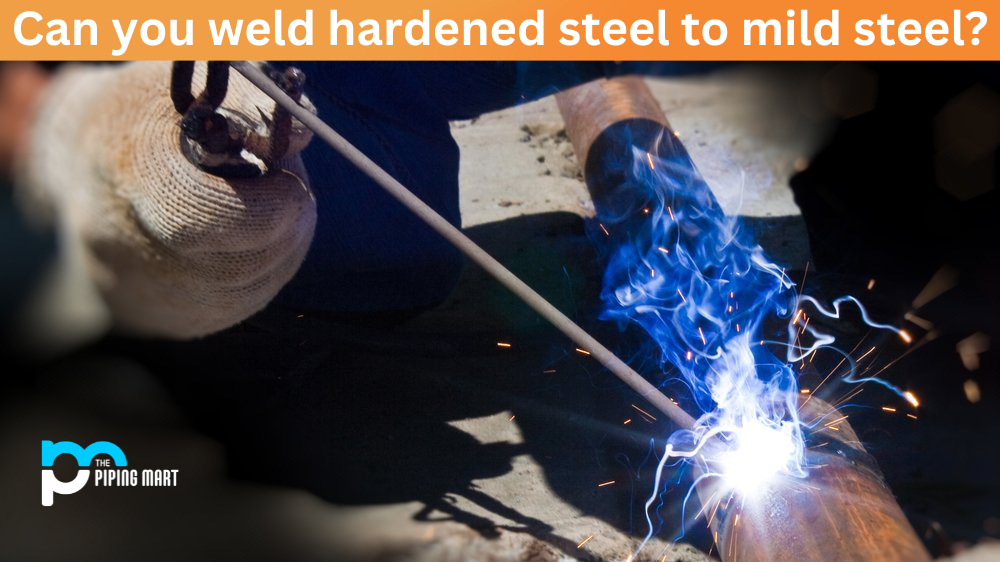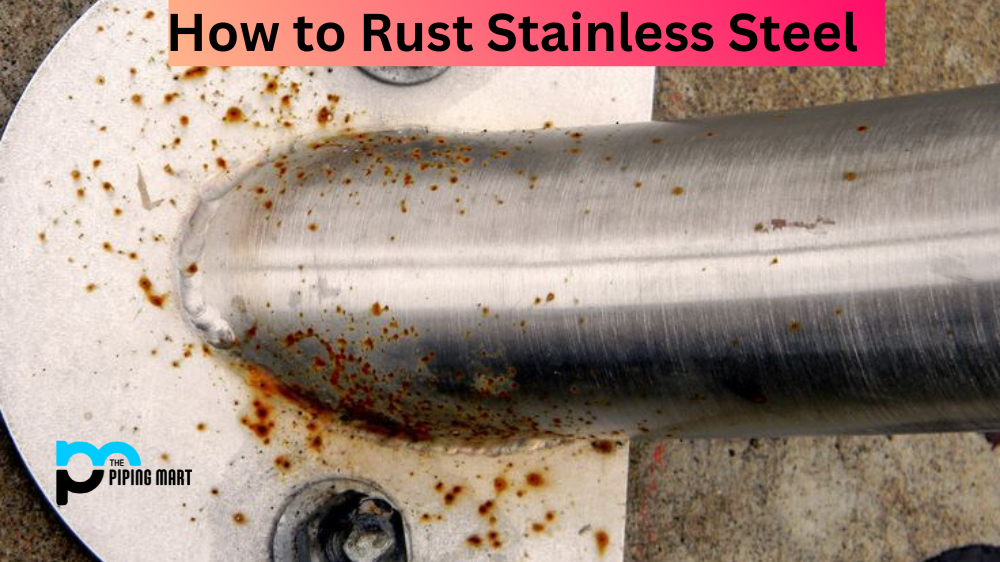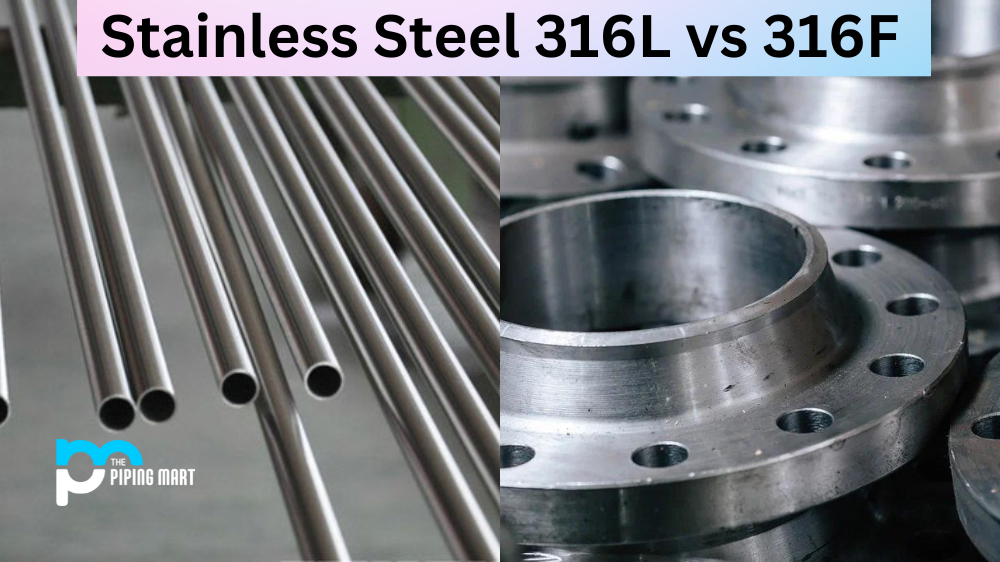As with many welding-related questions, the answer is: it depends. When it comes to welding together two different types of steel, such as hardened and mild steel, there are a few things you need to consider before beginning the process. Let’s take a closer look at what you need to know about joining these two metals.
Welding Processes for Joining Hardened Steel and Mild Steel
When welding together two different types of steel, such as hardened and mild, there are several welding processes that can be used. The most common processes include arc welding (MIG/TIG), oxyfuel welding, and brazing. Each process has its own advantages and disadvantages when it comes to joining these two metals. Generally speaking, MIG/TIG welding is the preferred method because of its ability to create strong welds without an excessive amount of heat input. This minimizes the risk of warping or distortion in the finished product. On the other hand, oxyfuel welding is less precise than MIG/TIG but can be done at lower temperatures, which reduces the risk of warping or distortion in the finished product. Brazing is also an option but should only be used if absolutely necessary due to its lack of strength compared to other methods.
Preparation Before Welding
Before attempting to weld hardened steel and mild steel together, it’s important that both pieces are properly cleaned and prepped for welding. This includes removing any rust or dirt from both pieces as well as using a grinder or file to ensure both surfaces are flat and smooth for optimal contact between them during the weld. It’s also important that a gap is left between the two pieces—generally 1/16″–1/8″—to allow for enough space for filler material during the welding process. Once everything is prepped properly, then you’re ready to begin welding!
Conclusion:
Welding hardened steel and mild steel together can be done using several different processes, including arc (MIG/TIG) welding, oxyfuel welding, or brazing, depending on your needs and budget. However, no matter which process you choose, it’s important that both pieces are thoroughly prepped before beginning by cleaning them off and ensuring they have flat surfaces with a gap between them so that filler material can be added during the weld. With proper preparation and understanding of each process’ pros and cons, you’ll be able to successfully join these two metals together!

Meet Bhavesh, a seasoned blogger with a wealth of knowledge and experience. From metal products manufacturing to retail, Bhavesh has a diverse background in various industries and is dedicated to sharing his insights and expertise with readers.




